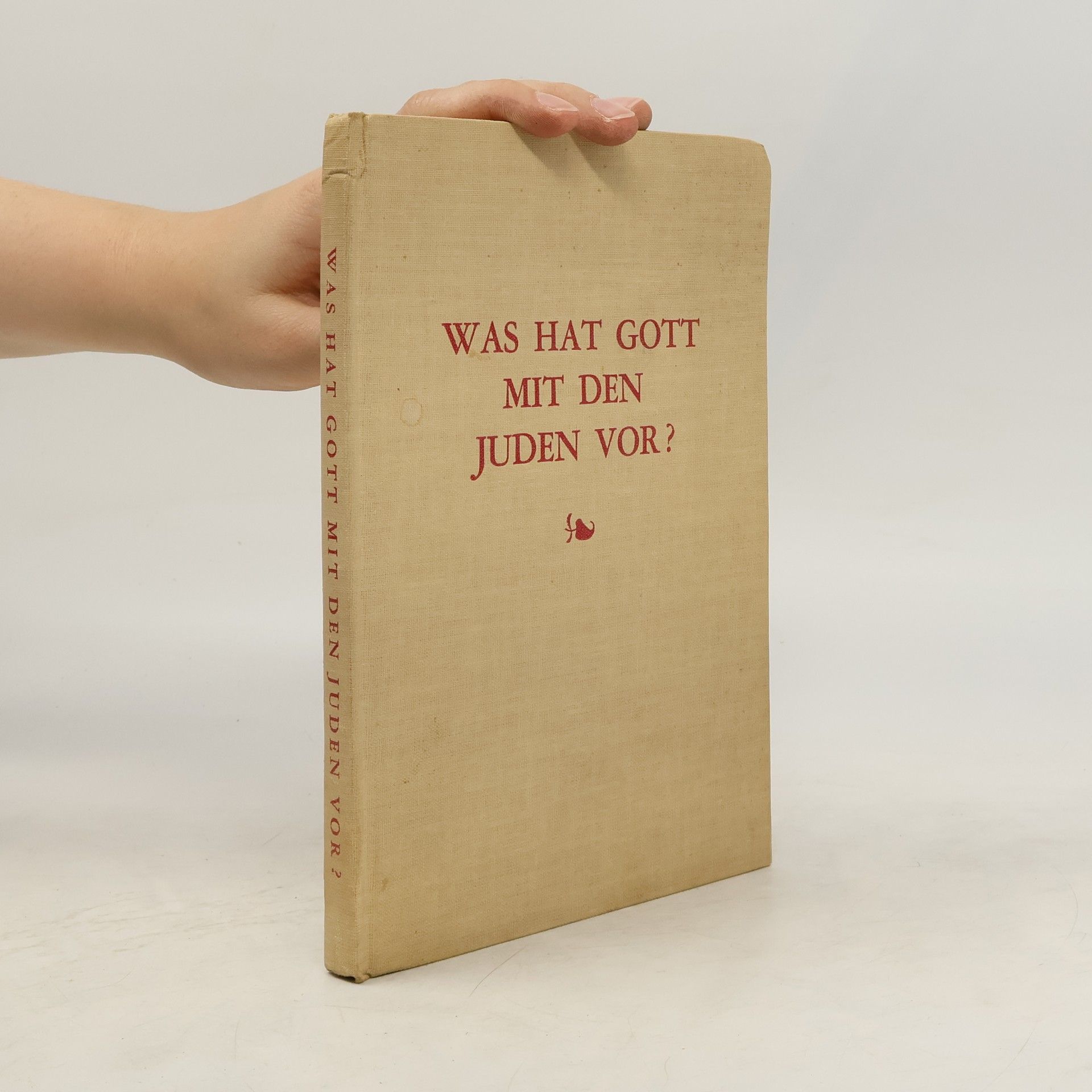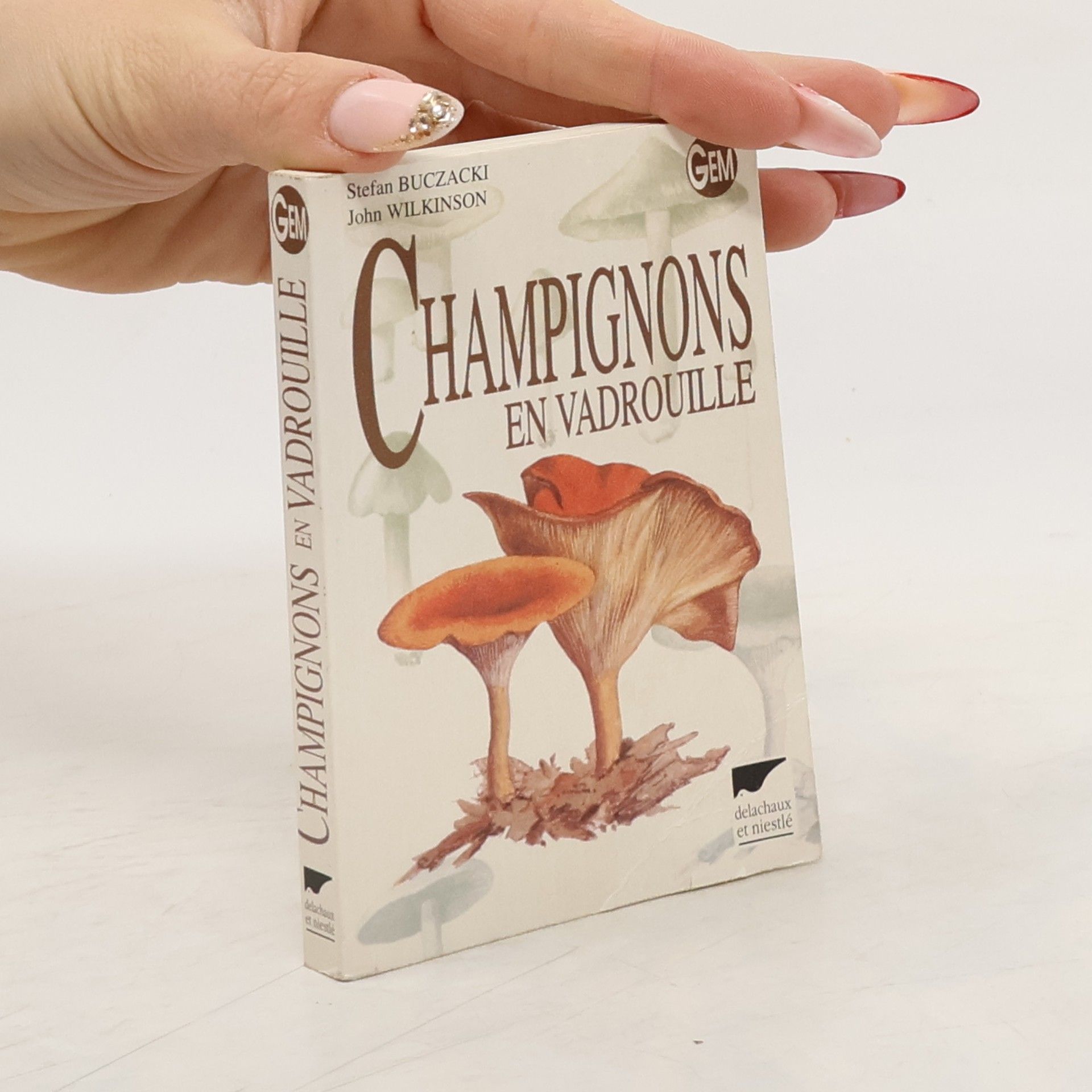Champignons en vadrouille
- 240pages
- 9 heures de lecture
Grâce à ses illustrations toutes en couleurs, ce petit guide vous permettra de reconnaître plus de 230 espèces de champignons. Il vous dira quand et où vous pourrez les trouver et, surtout, il vous indiquera ceux que vous pourrez manger sans crainte et ceux qu'il faut absolument écarter de votre assiette. La clef d'identification vous aidera à retrouver dans l'ouvrage les champignons que vous rencontrerez. La petite taille de ce livre en fait le compagnon idéal de vos balades.




